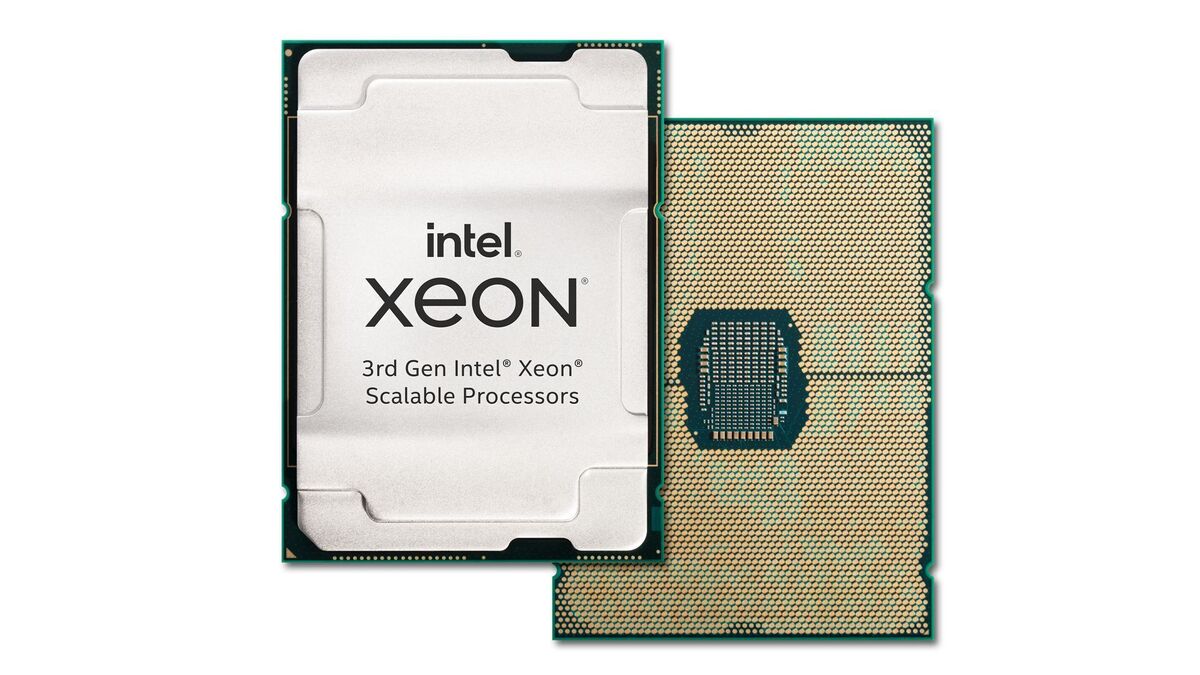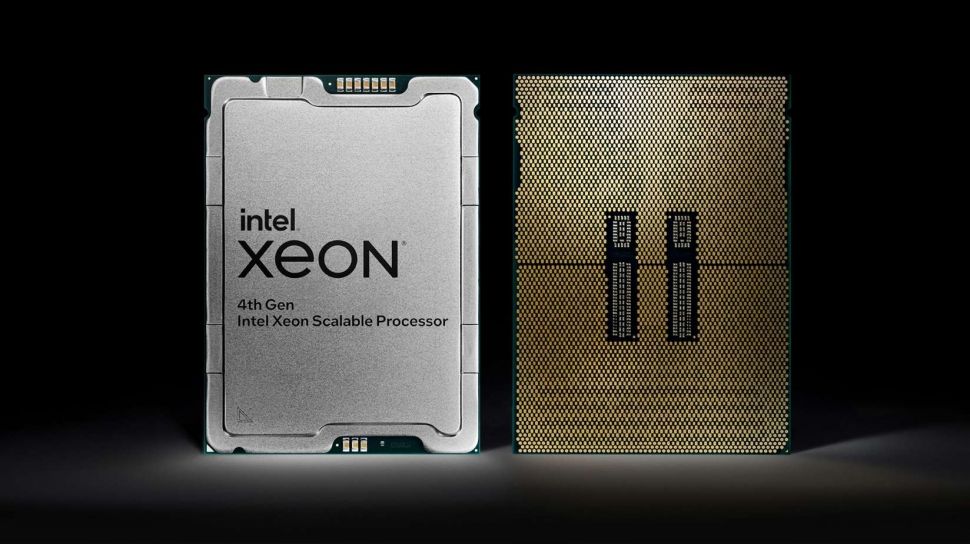Introduction
The world of modern computing would not be the same without the ever-evolving technology of processors. These miniature powerhouses have played a central role in shaping the digital age, revolutionizing industries, and transforming our daily lives. In this article, we embark on a journey through time, tracing the evolution of processor technology from its early beginnings to the cutting-edge advancements of the present.
I. Early Beginnings: The First Processors
In the mid-20th century, the world witnessed the emergence of early computing devices that paved the way for processors. From vacuum tubes to transistors, the first-generation processors marked the dawn of digital computing. We delve into the pioneers behind these innovations and explore the key milestones that shaped the foundation of processor technology.
II. Advancements in Microprocessors: The Second Generation

The second generation of processors brought a significant shift with the introduction of microprocessors. Miniaturization and the advent of integrated circuits (ICs) led to a revolution in computing power. We explore the breakthroughs that heralded the era of microprocessors and the impact they had on various industries.
III. The Golden Age of Computing: The Third Generation

As high-level programming languages emerged, the third generation of processors saw the rise of personal computers. The evolution of microprocessors enabled mass adoption, transforming computers from mere tools of computation to versatile devices accessible to the general public. We delve into the golden age of computing and its profound implications.
IV. From Performance to Power Efficiency: The Fourth Generation

The fourth generation witnessed a paradigm shift with the introduction of Reduced Instruction Set Computer (RISC) architecture. Parallel processing and the advent of multicore CPUs marked a crucial advancement in processor technology. We explore the pursuit of energy efficiency and power management, which became paramount in an increasingly connected world.
V. The Present and Beyond: The Fifth Generation and Beyond
Today, we stand on the brink of the fifth generation of processors, witnessing a convergence of cutting-edge technologies. Artificial Intelligence (AI), Machine Learning (ML), and quantum computing are becoming increasingly prevalent, promising a new era of computing capabilities. We explore the latest advancements in processor technology and peek into the future possibilities.
VI. Impact on Everyday Life and Industries
From smartphones to supercomputers, the impact of processors is felt across every aspect of modern life. We examine how processor technology has revolutionized industries like healthcare, finance, entertainment, and more. Their role in enabling the Internet of Things (IoT) and driving innovations is also explored.
VII. Challenges and Limitations
As processors become more powerful, they also face challenges. Heat dissipation, cooling, and power consumption have become critical issues in processor design. We delve into the challenges and limitations that accompany the relentless pursuit of performance and energy efficiency.
VIII. Processor Manufacturers and Industry
Leaders Key players in the processor industry have driven innovation and competition. We highlight the leading manufacturers, their contributions, and their roles in shaping the landscape of processor technology.
Conclusion
The journey of processor technology from its humble beginnings to its current state is nothing short of awe-inspiring. These small yet mighty components have propelled humanity into the digital era, and their evolution continues to shape the future. As we embrace the possibilities of AI, ML, and quantum computing, one thing remains certain – the processor’s role in transforming our world is far from over. The quest for faster, more efficient, and versatile processors is bound to push the boundaries of technology and lead us into an era of unimaginable possibilities.







